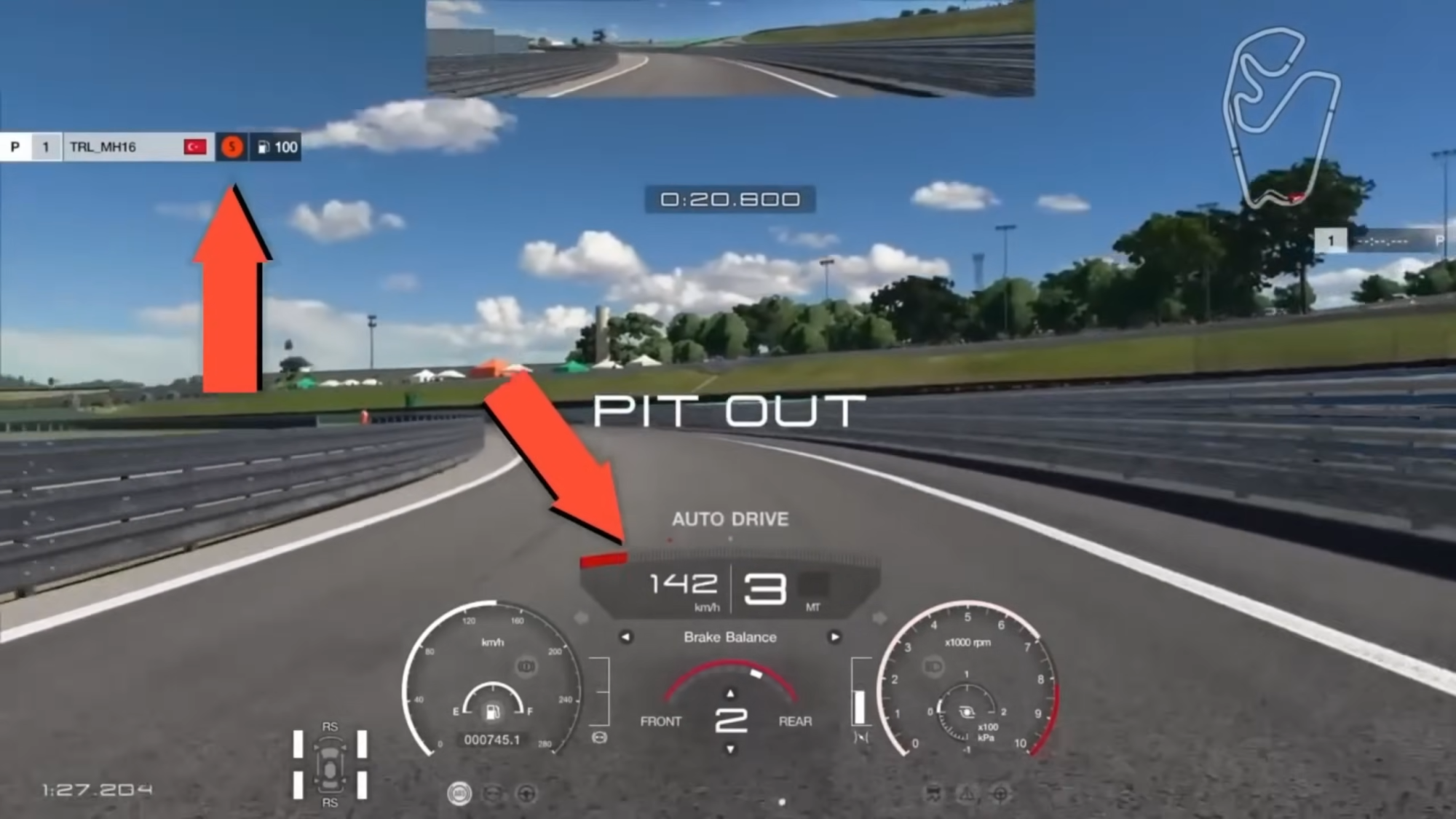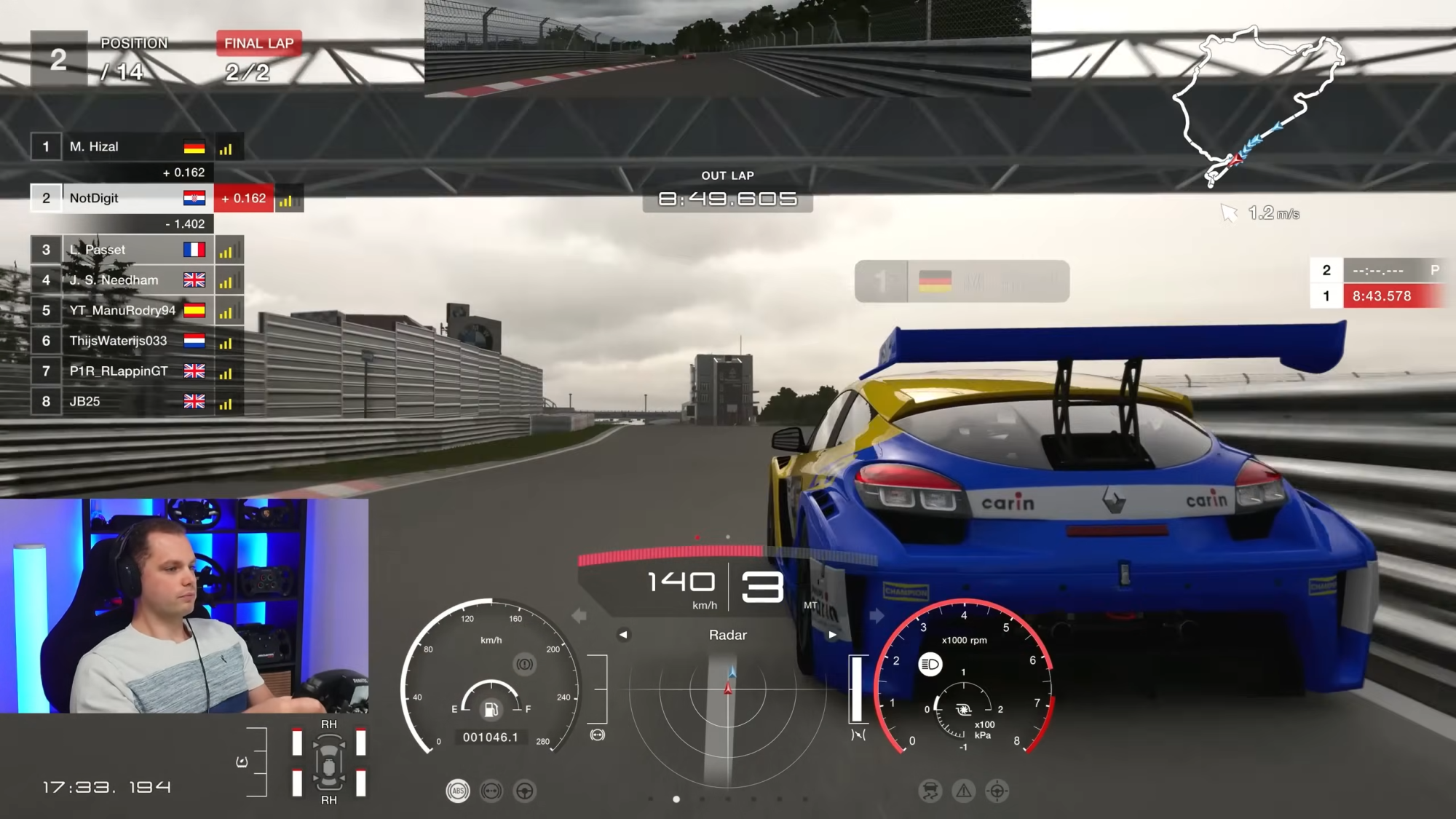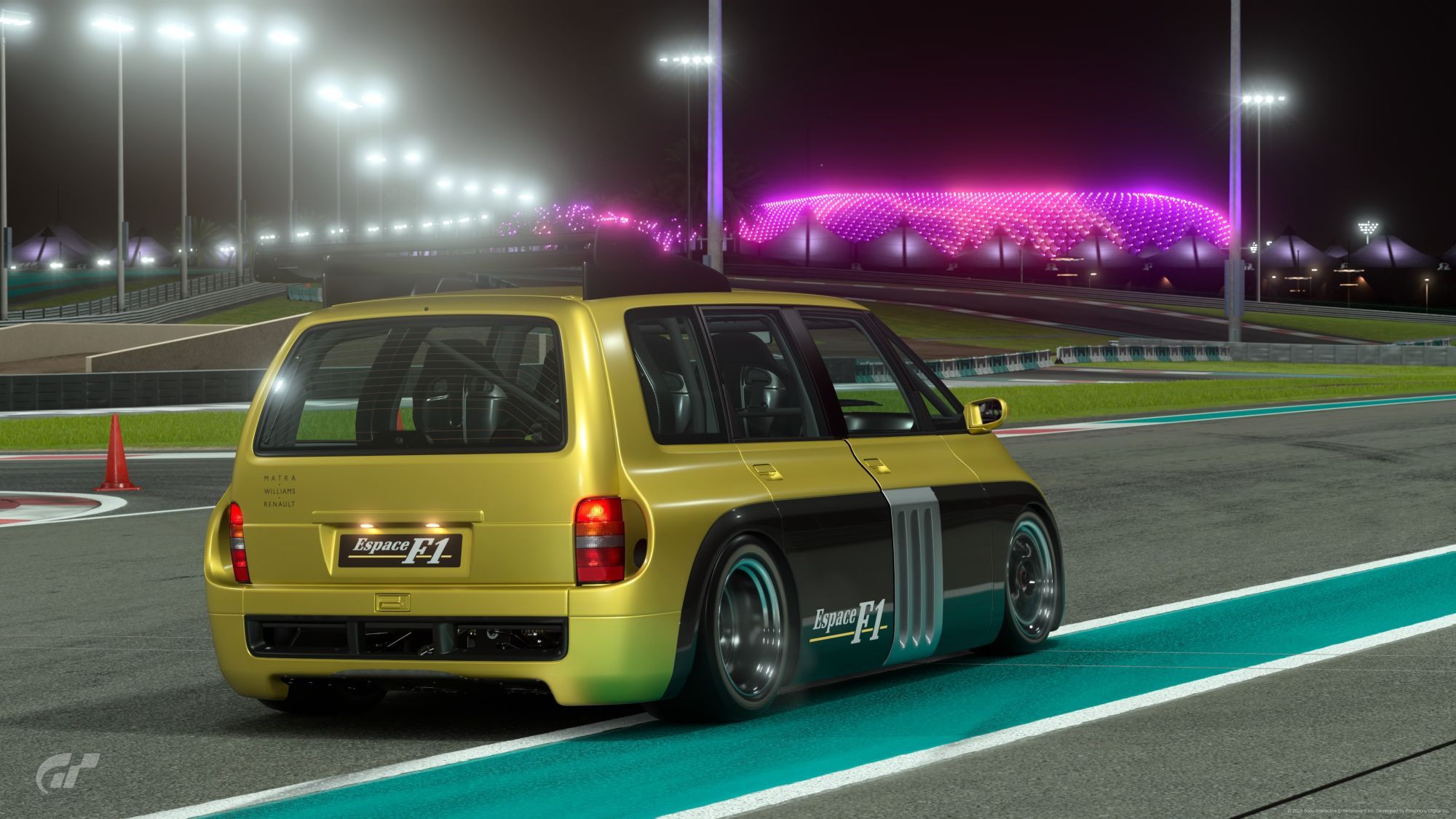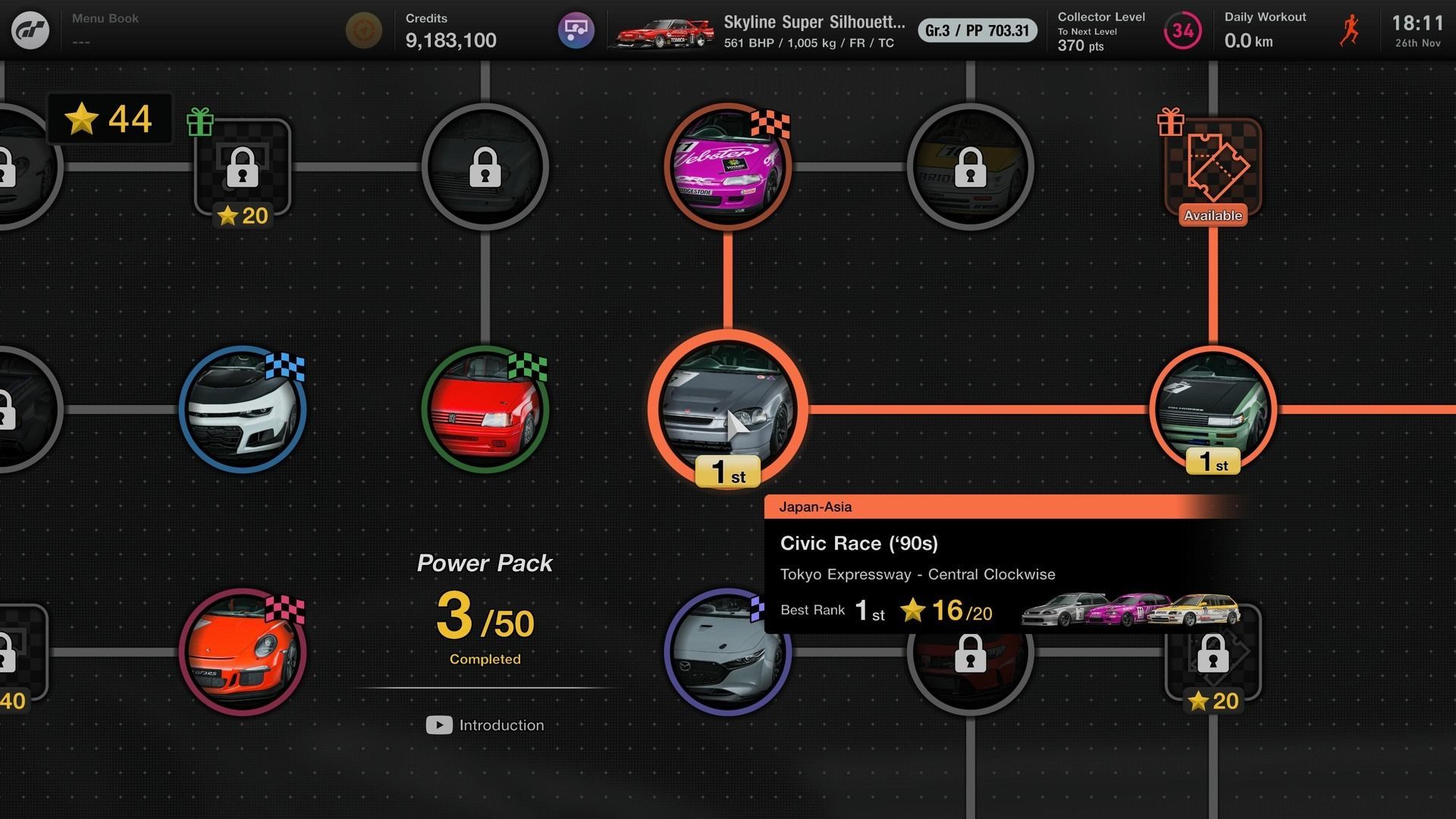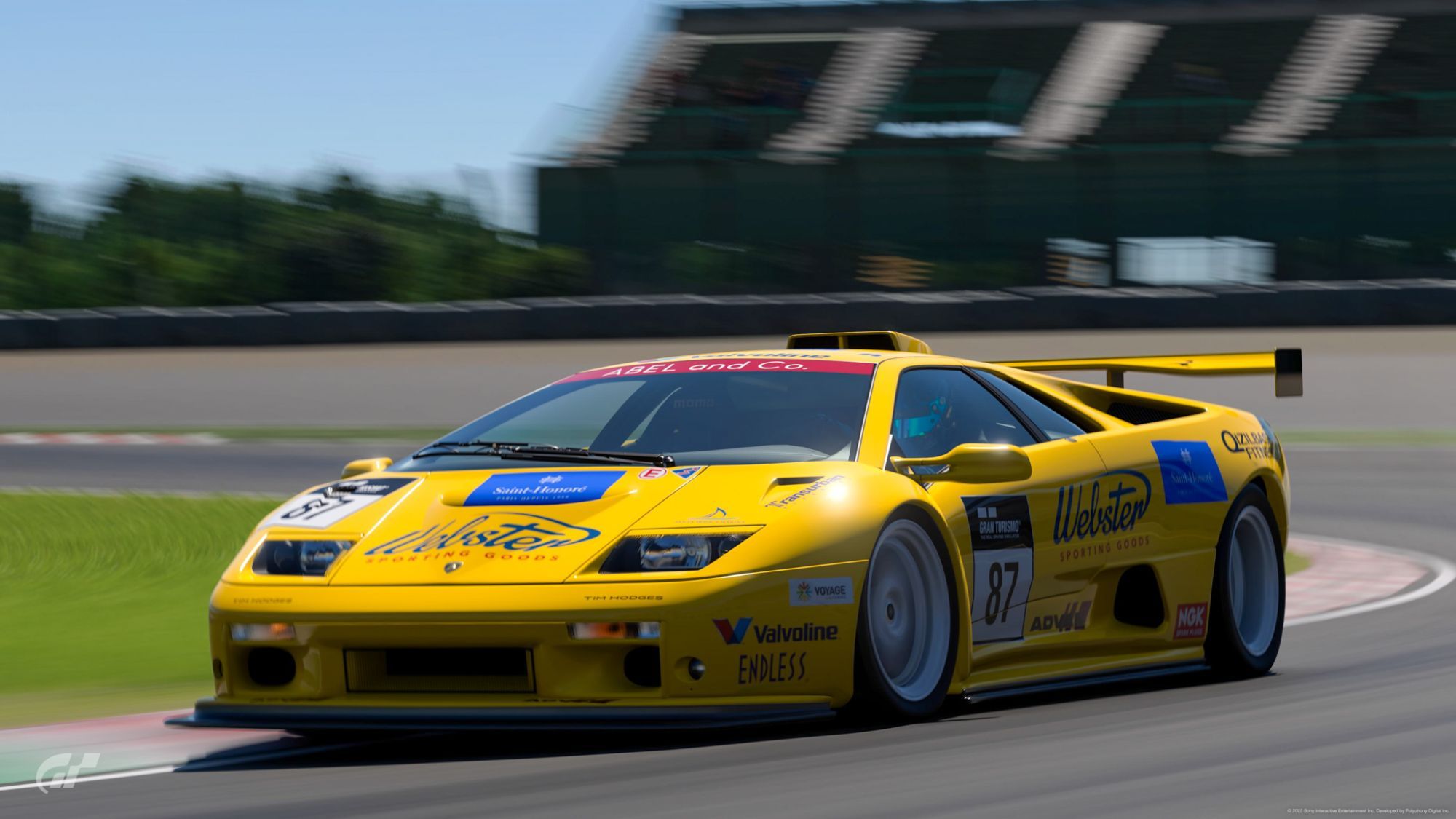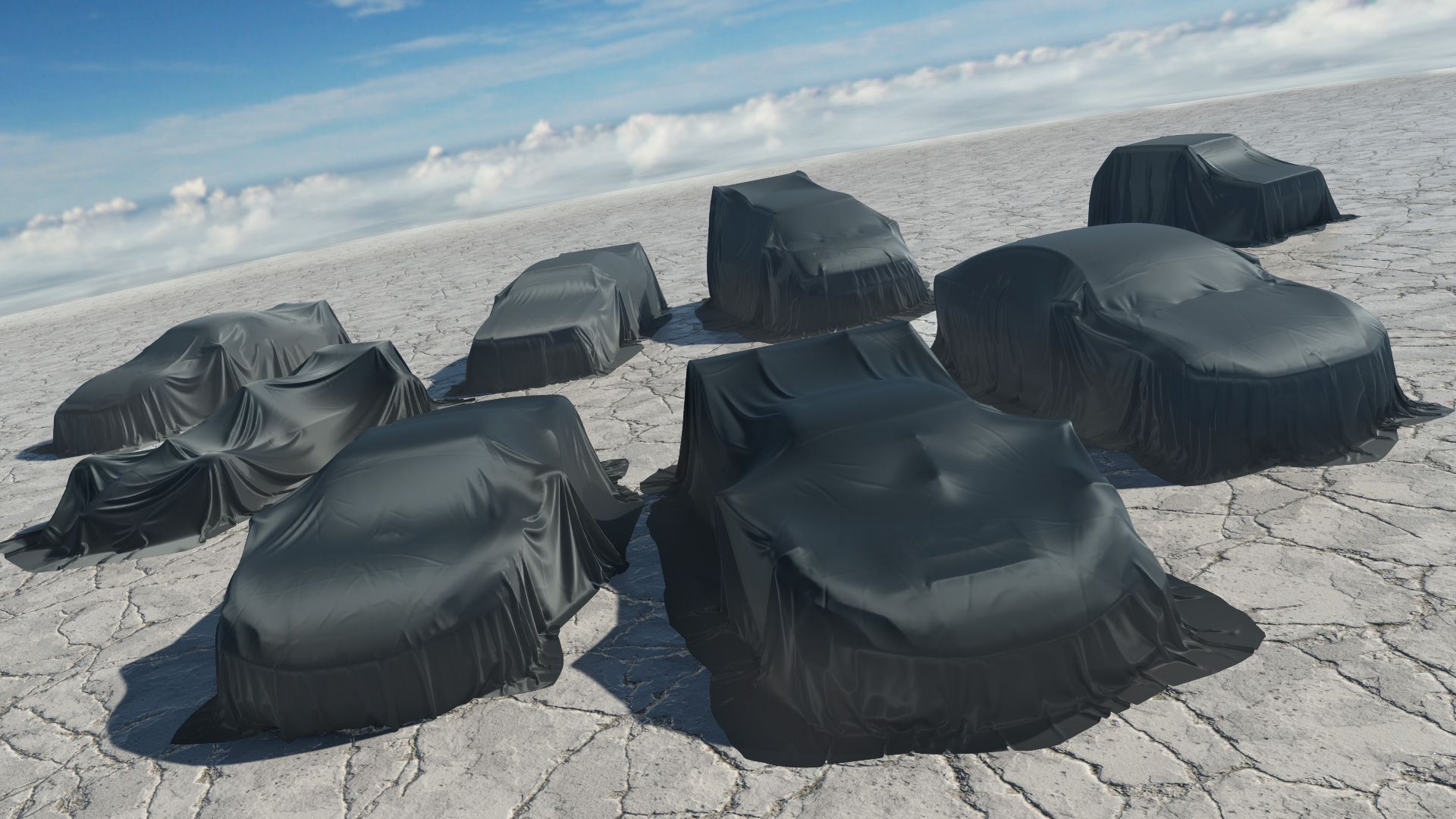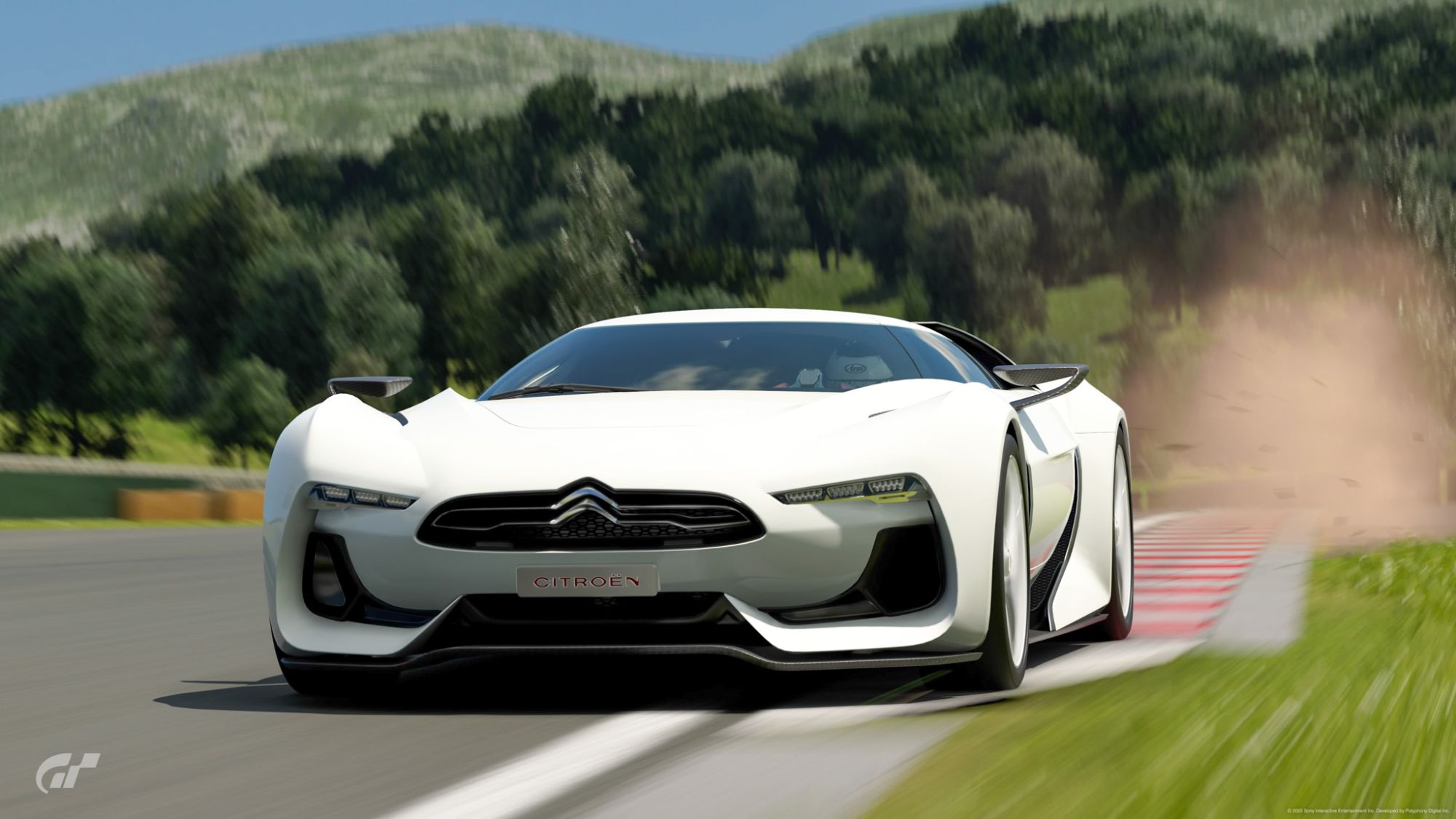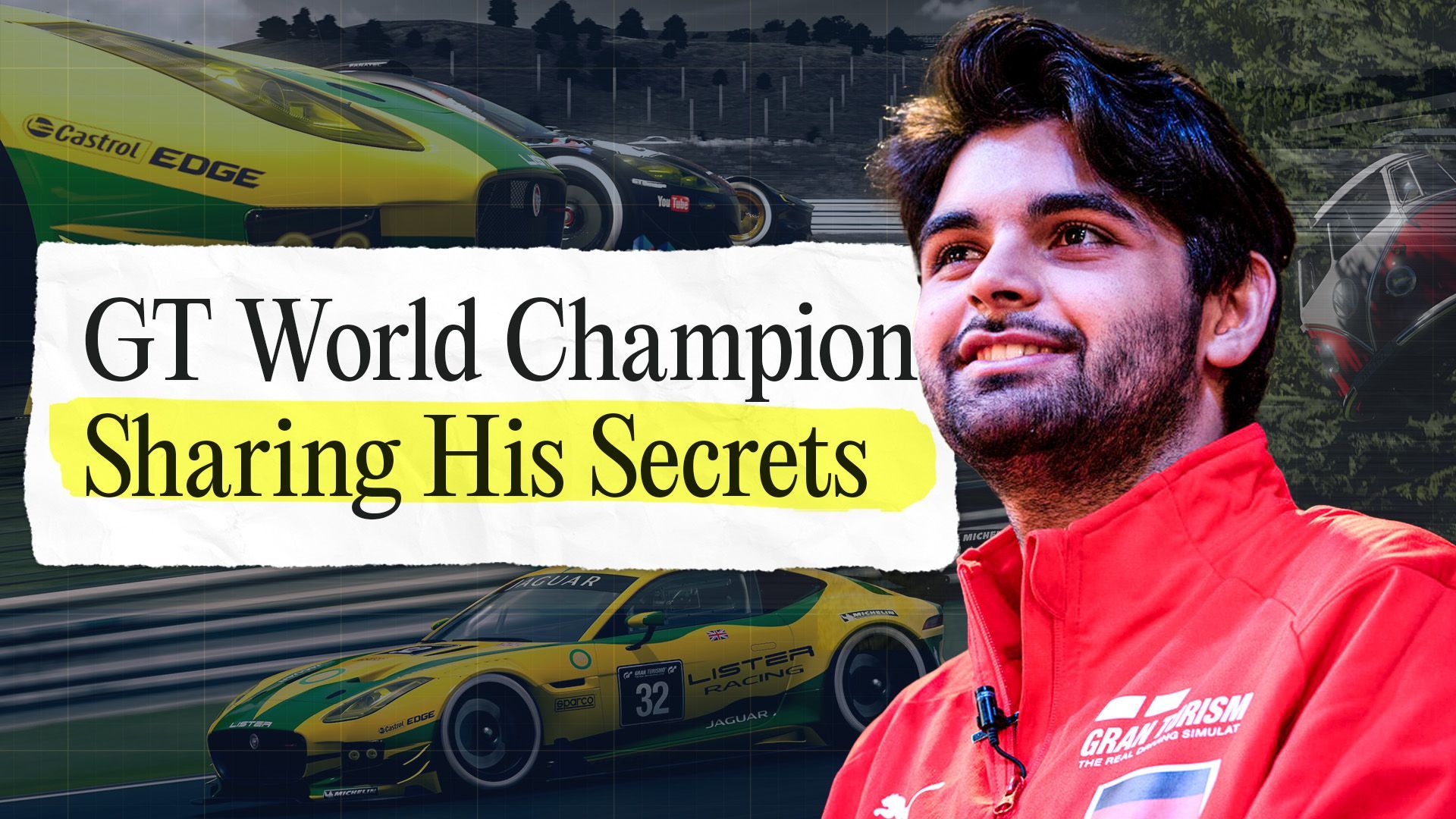
A while ago, I had the chance to sit down with Gran Turismo world champion Mikail Hizal. What followed was an insightful conversation about his journey into sim racing, the lessons he learned along the way, and his perspective on the future of Gran Turismo and sim racing as a whole.
Mikail shared not just his story, but also the principles that helped him grow as a competitor. From mastering car dynamics to balancing life outside racing, his words offered a clear look at what it takes to succeed in the highly competitive world of sim racing.
The Evolution of a Sim Racer
Mikail began by reflecting on his path into Gran Turismo. What started as a love for the game grew into a deeper commitment, and eventually, competitive racing. He described how he became a true believer in the platform, not only as a game but as a serious training ground for understanding racecraft. The early days were about discovery, figuring out what worked, where he needed to improve, and how he could sharpen his craft. Over time, his perspective shifted from just playing the game to truly studying it.
Understanding Car Dynamics
One of the cornerstones of his development was a growing understanding of car dynamics. Mikail explained how critical it was to know why a car behaves the way it does, especially when adapting to different setups, tracks, or weather conditions. He emphasized that sim racers who develop this knowledge gain an edge. They don’t just drive, they anticipate.
The Importance of Consistency
When asked about what separates good drivers from great ones, Mikail didn’t hesitate: consistency. Lap time speed matters, but being able to deliver those laps over and over again under pressure is what builds championships. Consistency, he noted, is both a physical and mental challenge. It requires discipline in practice, focus in competition, and the ability to control emotions when the stakes are high.
Learning Through Telemetry and Track Memorization
Mikail highlighted telemetry as one of his most powerful tools for improvement. By analyzing data, he could identify patterns, weaknesses, and areas to refine. This technical approach went hand in hand with track memorization. Knowing every bump, braking point, and racing line gave him confidence. He explained how the brain eventually builds a map of each circuit, allowing him to react instinctively when pushing at the limit.
Balancing Racing with Life Outside the Track
During his rise, Mikail was also pursuing engineering studies. Balancing academics with competitive racing wasn’t easy, but he believes it taught him valuable time management and resilience. The ability to switch between two demanding worlds sharpened his focus and gave him perspective.
Strategy, Equipment, and the Mental Game
We also spoke about the tactical side of racing. Success isn’t just about raw speed, it’s about knowing when to push, when to defend, and how to handle long events where mental fatigue sets in. Equipment, while important, was not the deciding factor in Mikail’s eyes. A good setup can help, but mindset, preparation, and adaptability play a far larger role in long-term success.
Adapting to New Cars and Combos
Mikail explained that adaptability is one of the most underrated skills in sim racing. New combos, car types, and setups are constant, and the drivers who adjust fastest tend to rise above the rest. He also pushed back on the idea that Balance of Performance (BoP) is the main problem people assume it to be. In his experience, BoP isn’t the deciding factor, what matters more is how a driver works with the tools they’re given.
The Bigger Picture: The Future of Sim Racing
Toward the end of our conversation, Mikail shared his broader thoughts on where sim racing is heading. He sees enormous potential in Gran Turismo and esports as platforms for growth, community, and even professional opportunities. Looking ahead, he has clear expectations for the next Gran Turismo title. For him, the balance between single-player content and esports competition will be key to its success. He envisions a future where both casual players and competitive racers can find fulfillment within the same ecosystem.
Closing Thoughts
My conversation with Mikail Hizal revealed just how much thought, discipline, and passion goes into being at the top of sim racing. From his technical knowledge to his mental approach, his insights offered a valuable roadmap for anyone aspiring to improve.
Gran Turismo may be the game, but for Mikail, it has been much more, a platform for growth, competition, and self-discovery. And as sim racing continues to evolve, voices like his show us just how far this world can go.

